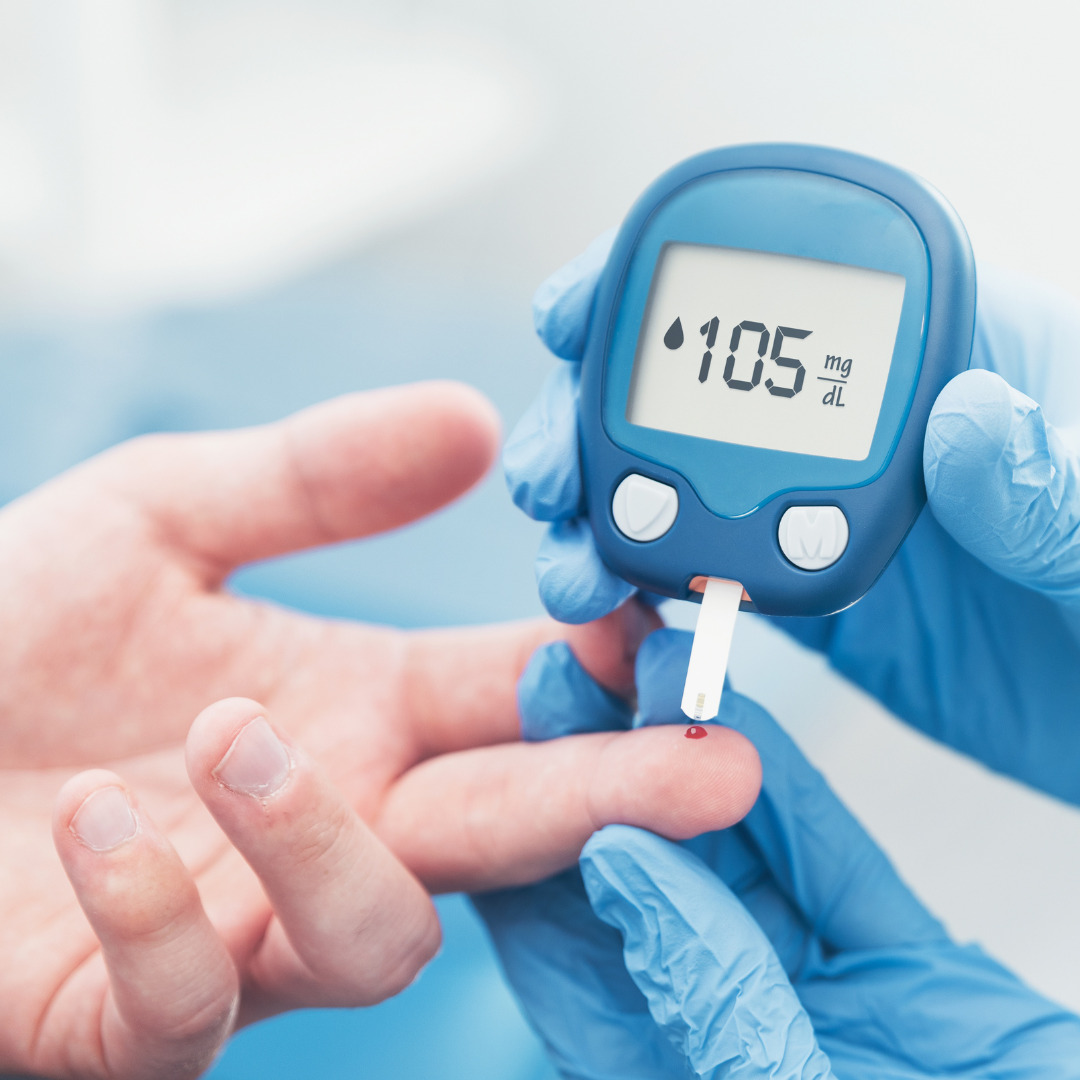
Diabetes is so common that we often hear about it daily. Because this is National Diabetes Month, today, Dr. Eric Ricefield, Dr. Mark Yagodich, Dr. Aliza V. Eisen, and Cassandra Stache, DPM of greater Philadelphia’s Your Next Step Foot and Ankle Care Center share five tips for keeping diabetic feet healthy. Be sure to share this post with loved ones who may be suffering from this condition.
You’ve probably heard scary stories from someone who had to have a leg or foot amputated due to complications from diabetes and wondered why that occurs. Diabetes causes a disproportionate amount of blood sugar in the bloodstream. This happens because either your body isn’t creating enough insulin to sufficiently fuel your body’s cells or the cells aren’t reacting to the insulin as it should be.
Eventually, the excessive buildup of blood glucose stays in the bloodstream and diminishes healthy blood circulation as well as the ability to react to infections and heal properly.
Here are some tips for those who struggle with the complications of diabetes on their feet:
- Don’t walk barefoot: It may feel comfortable, but people with diabetes should avoid walking barefoot. And while flip-flops only offer slight protection for the sides of your feet, they are much better than walking barefoot. If you’re diabetic, stepping on something sharp that could puncture your foot often goes unnoticed. Even a hasty trip to your front step to pick up a package isn’t worth the danger. So just say no to bare feet.
- Wash and inspect your feet carefully each day: If you have diabetes, one of the best things you can do to catch a sore, cut, or blister on your feet right away is to wash your feet daily and give them a good examination. While inspecting them, keep an eye out for any break in the skin. Dry your feet thoroughly, particularly between your toes, which are an especially vulnerable zone for fungal infections. When finished, apply a moisturizer, which feels great, does wonders, and keeps dryness at bay to prevent dry, cracked skin.
- Seek immediate treatment for foot ulcers and wounds: You must do everything you can to eliminate the risk of infection. Diminished circulation, a tendency for slow healing, and the inability to readily feel discomfort or pain converge to create an elevated risk of a stubborn wound.
- Wear properly-fitting, comfortable footwear: Fashion seekers may not like this advice, but diabetics should always wear comfortable shoes that fit well. Sores or blisters from poorly fitting shoes may seem innocent, but they’re not if you’re living with diabetes because they are slow to heal. Above all else, you must avoid foot ulcers, which are open sores or wounds that are especially dangerous. Remain vigilant and seek treatment immediately, even for what may seem like a minor issue.
- Visit your podiatrist for regular foot exams: Don’t forget to supplement your at-home foot routine with regular diabetic foot exams. We will customize your exams to include preventive care, counseling, treatment options, and tips to manage your glucose levels.
To learn more about making the most of your foot health or to schedule a diabetic foot care appointment, contact Greater Philadelphia’s Your Next Step Foot and Ankle Care Center. Click here to locate the office nearest you to book your appointment.
